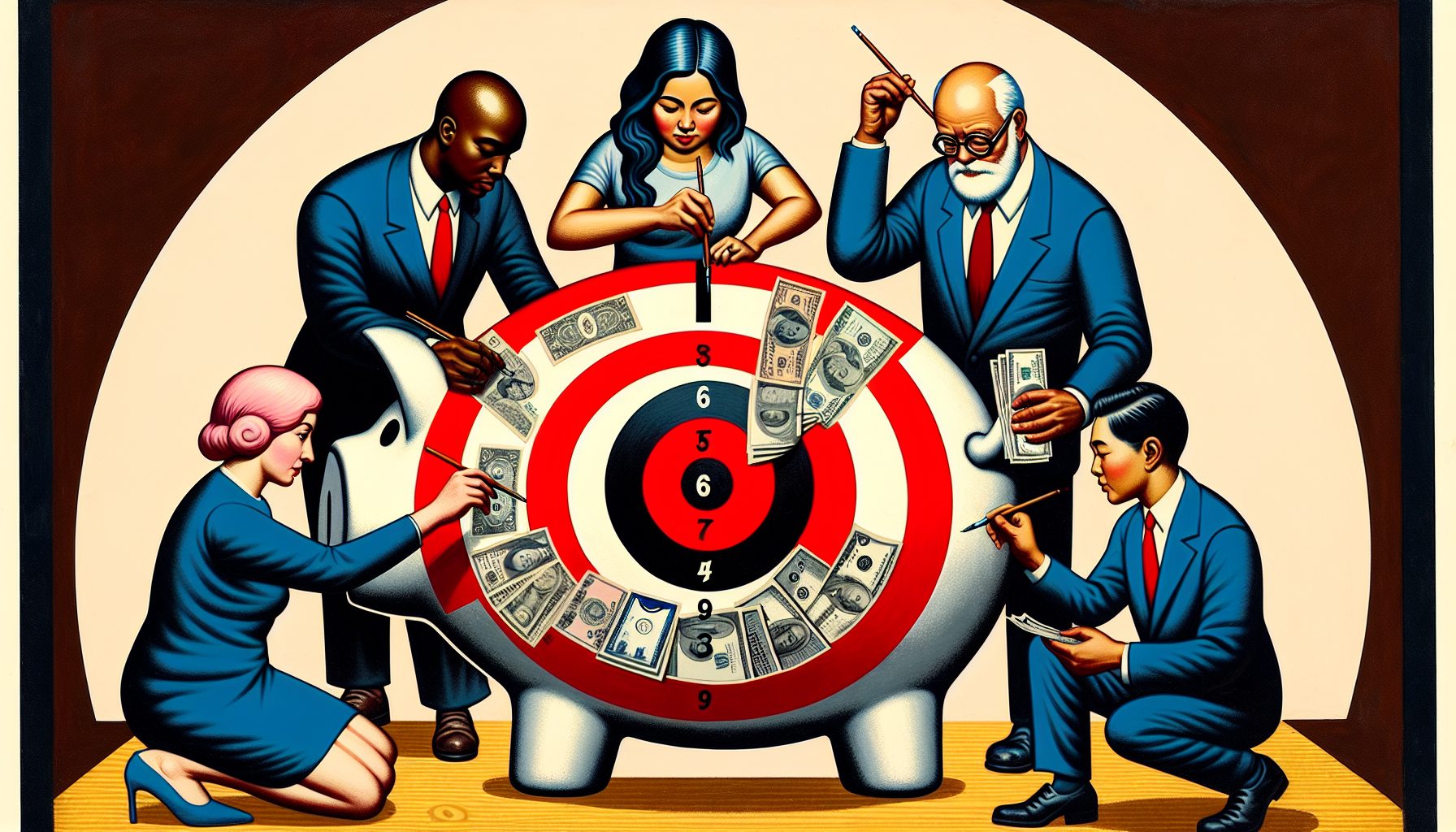![]()
Alan Greenspan, |
Insiders
Ben Bernanke
Governor since 2002
Washington whisperers say Bernanke is the front-runner to replace Greenspan. Bernanke wouldn’t talk about it for fear of roiling the markets. He does talk about “inflation targeting,” where the Board would announce the range of inflation rate it aims for, rather than keep those discussions secret.
Roger Ferguson Jr.
Vice chairman since 2003 and a governor since 1997
Ferguson, a former partner at the McKinsey & Co. management consultancy and a lawyer, at one time led a council looking into how the Year 2000 software code problem would affect the central banks of more than 155 countries. Despite his understanding of information technology and his position in the Fed, he may be a long shot to succeed Greenspan—Republicans control the pick and Ferguson is a Democrat.
David Reifschneider
Deputy Associate Director, Research and Statistics Division
Reifschneider, who has a Ph.D. in economics from the University of Wisconsin, oversees more than 225 economists and the work they do using sophisticated computer models to understand U.S. and world economies. With 20 years at the Fed, his tenure eclipses Greenspan’s.
Sandra Cannon
Chief of Economic Information Management
Cannon oversees the collection of information from a wide range of public and private sources, and the inputting of the data into a system that can be accessed through personal computers by the Fed’s economists. “Basically, everything that comes through my office winds up on [Greenspan’s] desk in one form or another,” Cannon says.
Stephen Malphrus
Chief Information Officer
Malphrus oversees services such as e-mail and Internet access, allowing technologists on Greenspan’s research staff to manage their own analysis software and hardware. He also serves as the Federal Reserve System’s director of management, coordinating administrative functions such as staffing, budgeting and information technology.
Outsiders
George W. Bush
President of the United States
The president will name a candidate to replace Greenspan as Fed chairman late this year. Bush’s pick will have to be confirmed by Congress but with Republicans firmly in control, his choice will probably go unchallenged. His nominee is likely to support him on privatizing part of the Social Security system and making income tax cuts permanent.
Martin Feldstein
Professor of Economics, Harvard University
Feldstein is said to be a top candidate to succeed Greenspan. He chaired the White House Council of Economic Advisors under President Reagan, and is currently the president and chief executive officer of the National Bureau of Economic Research, a private non-profit research organization.
Laurence Meyer
Vice chairman, Macroeconomic Advisers
A Fed governor from 1996 to 2002, Meyer twice won the Annual Forecast Award presented by the panel of the Blue Chip Economic Indicators. Now offers private research from his office in Washington.








